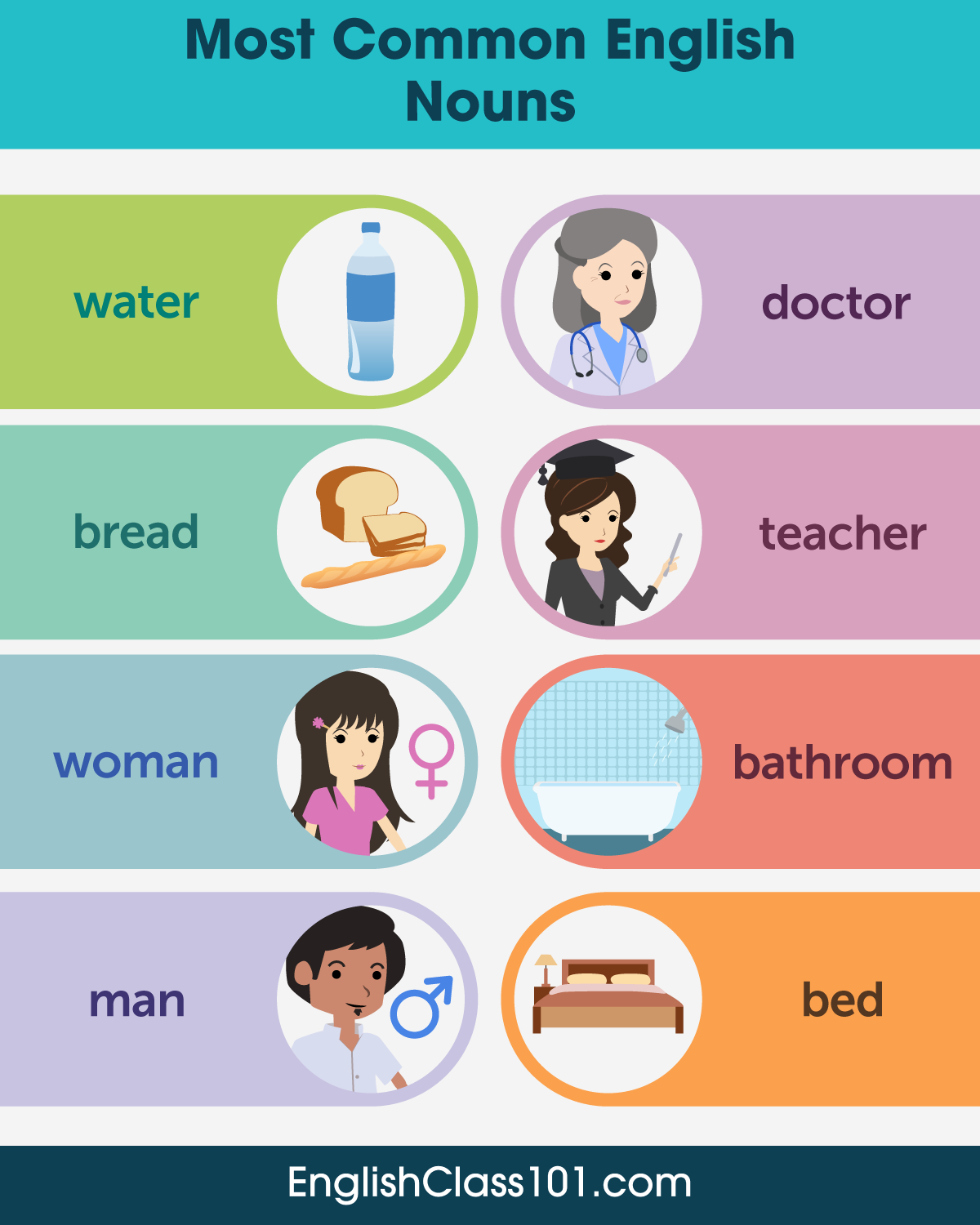When it comes to understanding the parts of speech in the English language, common nouns play a crucial role. Common nouns are the everyday, general names we use for people, places, things, and ideas. They are not capitalized unless they begin a sentence, and they can be singular or plural. One common misconception is the confusion between verbs and nouns, especially with the word “is.” Let’s explore whether “is” can be considered a common noun.
Common nouns are typically used to refer to things that are not specific or unique. For example, “dog,” “city,” and “book” are all common nouns. On the other hand, proper nouns are specific names for people, places, or things, such as “Rover,” “Paris,” or “Harry Potter.” Verbs, on the other hand, are action words that describe what someone or something is doing. While “is” is often used as a verb to show a state of being or existence, it can also be part of a noun phrase, such as in the sentence “The problem is solved.” In this case, “problem” is the common noun, and “is” is linking the subject to the complement.
Is “Is” a Common Noun?
Technically speaking, “is” is not considered a common noun. It is a form of the verb “to be,” which is one of the most common verbs in the English language. However, when used in a sentence like “The problem is a difficult one,” the word “is” is functioning as a linking verb that connects the subject “problem” to the complement “difficult one.” In this context, “is” is not acting as a common noun but rather as part of the verb phrase that helps to clarify the relationship between the subject and the predicate.
Common nouns are essential for communication because they allow us to talk about general concepts without having to use specific names. While “is” is not a common noun, it is a crucial part of the English language that helps us convey meaning and express relationships between different elements in a sentence. Understanding the distinction between nouns, verbs, and other parts of speech is key to becoming a proficient communicator in English.
In conclusion, while “is” is not a common noun, it is a vital component of the English language that helps us convey meaning and establish relationships in our communication. By recognizing the role of “is” as a linking verb rather than a noun, we can enhance our understanding of grammar and improve our ability to express ourselves effectively in writing and speech.
